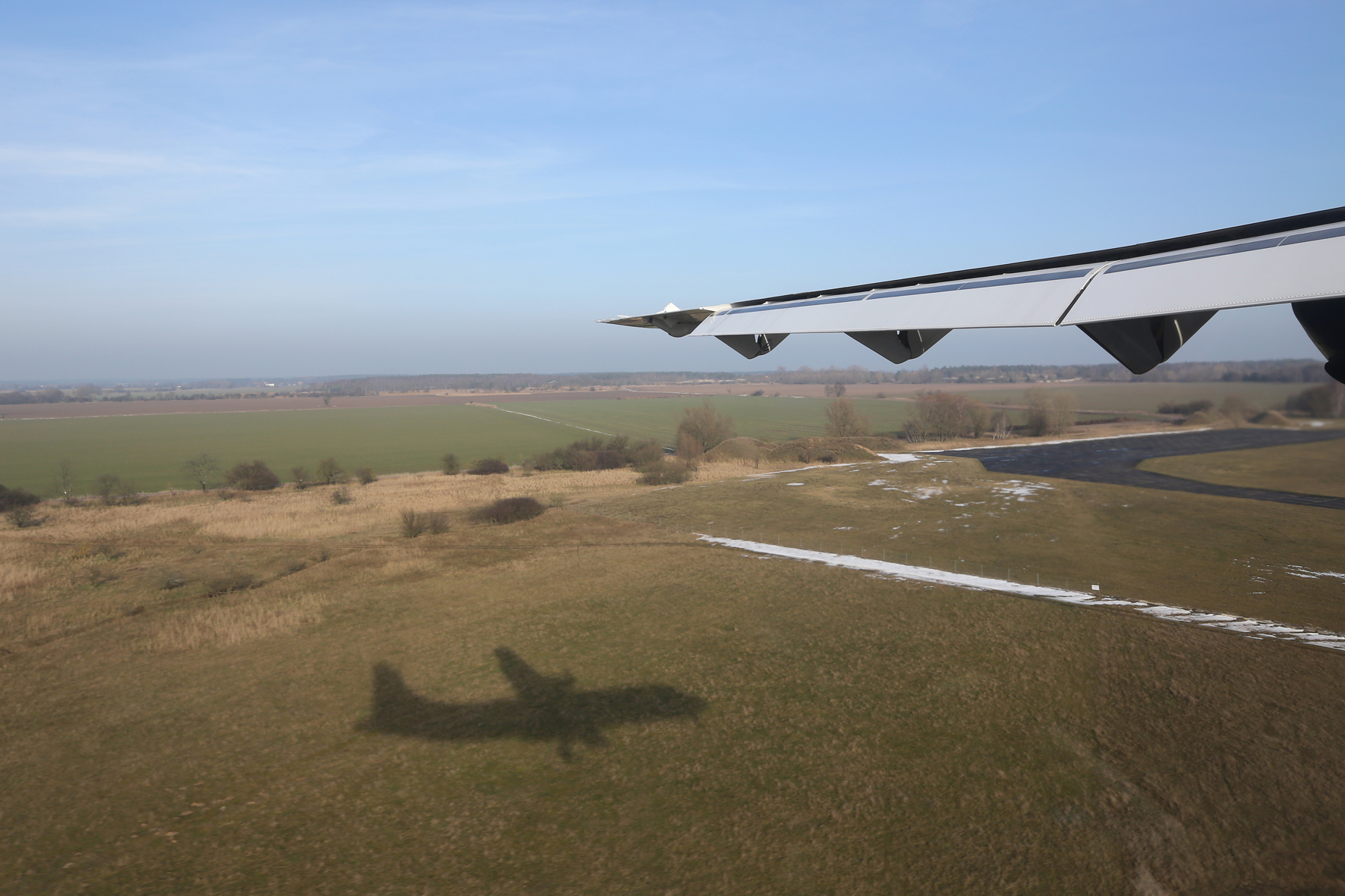Flaps are indispensable aerodynamic devices situated on the trailing edges of aircraft wings,
engineered to modify the wing’s airfoil properties during key flight phases such as takeoff and landing.
These devices function by extending from the wings to increase both the camber and surface area,
significantly boosting lift while also increasing drag. This enhancement is crucial for maintaining
controlled flight at lower speeds, particularly during takeoff and landing operations, ensuring safety
and stability.
Flaps are typically controlled by the pilot or the aircraft’s automated systems, using a lever or switch in the cockpit. The control systems allow for varying degrees of extension, which can be adjusted according to the flight conditions and requirements. This control helps pilots manage the aircraft’s performance during critical maneuvers and is complemented by slats on the leading edge, which together optimise airflow over the wing surfaces and enhance lift and aerodynamic efficiency at lower speeds.
Types of flaps
The design and operational mechanics of flaps can vary significantly depending on the aircraft’s size,
type, and aerodynamic requirements. Each type is engineered to meet specific performance
criteria, providing essential adjustments to the wing’s airfoil to maximise lift and control drag. This
variation in flap design plays a critical role in achieving optimal performance during flight transitions, such as
during the approach phase or when maneuvering near the ground. Understanding these various flap
types is fundamental for pilots and engineers alike, as each configuration offers distinct advantages and
operational characteristics.
Plain flaps
Plain flaps hinge downward from the wing, directly increasing the airfoil’s camber. This simple mechanism offers a quick lift enhancement.
Split flaps
Split flaps pivot down from the wing’s lower surface, effectively increasing lift while minimising airflow disruption above the wing.
Slotted flaps
Slotted flaps feature a gap allowing air to pass from below the wing to the flap’s upper surface, improving the airfoil’s ability to generate lift without excessive drag.
Fowler flaps
Fowler flaps slide back before tilting down, enlarging the wing’s area and camber for significant lift and drag control.
Double slotted Fowler flaps
This advanced version includes an additional slot to channel more high-pressure air, enhancing the airfoil’s lift capabilities further.








